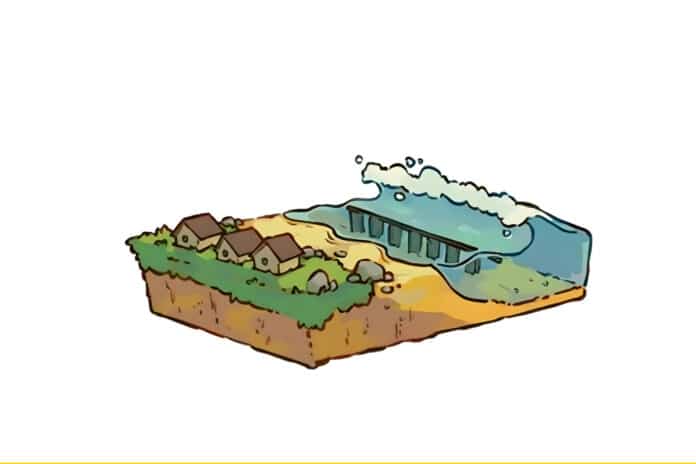Studies have shown that wave storms have become more intense due to climate change. For instance, because of their markedly enhanced intensity, devastating storms that pounded California in 2023 destroyed infrastructure and drove many to evacuate the coast.
When the rise in sea level is considered, it is predicted that by the end of the century, even mild wave storms will have coastal effects similar to those of recent major winter wave events.
Increased coastal protection is necessary in response to extreme weather events. According to a recent study, architected materials can provide a biocompatible environment and increase wave energy dissipation over natural and existing artificial reefs by more than an order of magnitude. These materials’ macroscopic properties differ from those of their constituent parts.
This concept inspired engineers, who created a modular artificial reef that significantly more effectively disperses wave energy than real coral reefs.
Michael Triantafyllou and colleagues proposed and tested an architected cellular reef structure that dissipates wave energy at higher rates than natural reefs.
Constructed from concrete, the structure is modular, with several pieces that may be assembled like building bricks. Every unit is a truncated pyramid called a voxel. Through experimental testing and hydrodynamic modeling, the structure’s shape was optimized. At the MIT Towing Tank, tests on scale models of reefs constructed from reduced versions of the modules validate its efficacy in dissipating wave energy.
The study authors noted, “Coastal communities can help protect themselves and provide shelter for marine life by installing artificial reefs made of concrete voxels at a sufficient depth so that waves would encounter the reef before breaking.”
Journal Reference:
- Edvard Ronglan, Alfonso Parra Rubio, et al. Architected materials for artificial reefs to increase storm energy dissipation. PNAS Nexus. DOI: 10.1093/pnasnexus/pgae101
